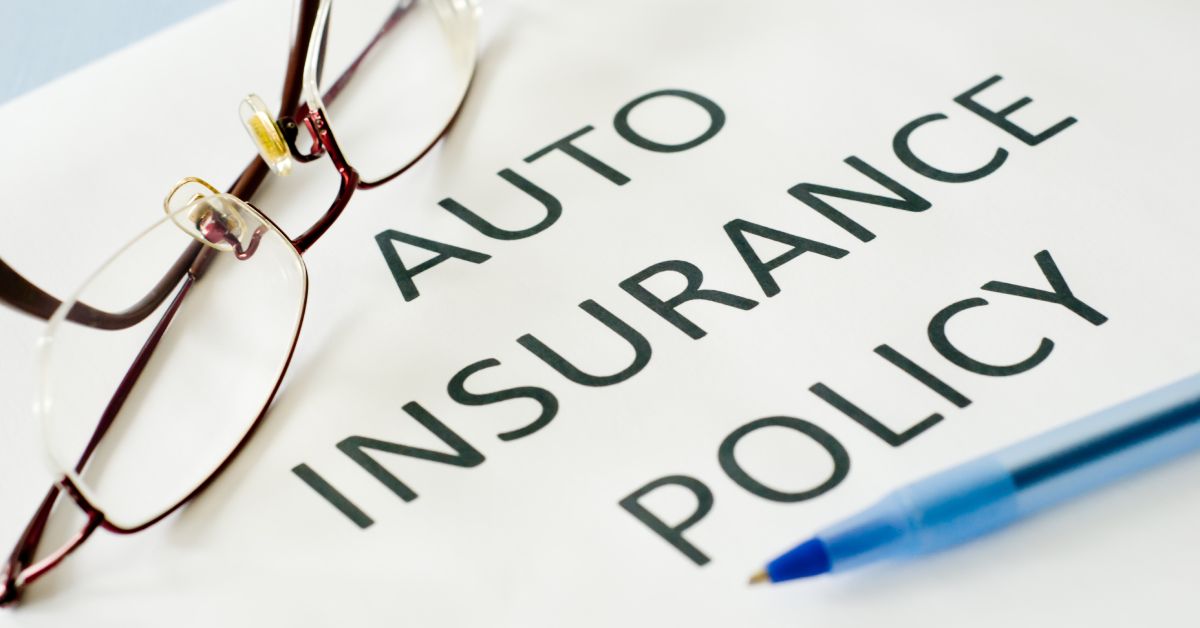Understanding Washington State Auto Insurance Requirements

Navigating the intricacies of auto insurance can be challenging, especially for drivers in Washington state. With specific legal requirements and considerations for high-risk drivers, understanding the rules is crucial to staying on the road legally and avoiding severe penalties. This blog aims to demystify Washington state auto insurance requirements, offering clarity for both everyday drivers and those considered high-risk.
Why Knowing Auto Insurance Requirements Matters
Washington drivers, particularly those categorized as high-risk, have more to lose by neglecting or misunderstanding their insurance obligations. High-risk drivers include those with driving infractions, DUIs, lapses in previous coverage, or multiple accidents. Without proper coverage, these individuals can face fines, license suspensions, or difficulty securing insurance in the future.
Even if you’re not a high-risk driver, understanding compliance meets a dual purpose. First, it ensures you avoid penalties. Second, it allows you to choose appropriate coverage for your needs while protecting yourself against unexpected financial risks.
Washington State’s Minimum Auto Insurance Requirements

Washington law mandates that all drivers carry at least the minimum liability coverage. This ensures financial protection for other parties involved in an accident caused by the insured driver.
Liability Coverage Basics
Liability insurance in Washington covers two main areas: bodily injury and property damage. For bodily injury, the minimum required is $25,000 per person and $50,000 per accident. Property damage liability, on the other hand, requires at least $10,000 in coverage. These limits protect others by covering their medical bills, repair costs, or personal losses when you’re at fault.
However, it’s important to note that liability insurance does not cover your own vehicle or medical expenses. This is where drivers often find themselves underprepared in the event of a major accident.
Alternatives to Insurance
Washington offers alternative methods to meet coverage requirements through a Certificate of Deposit or a Liability Bond. Putting up a $60,000 deposit with the Department of Licensing or securing a $60,000 bond through a financial institution can comply with the law. While these options eliminate the need for traditional insurance premiums, they come with significant upfront costs and risks. For example, in the event you cause an accident, you may need to pay damages directly out of the deposit or bond, leaving you vulnerable to financial strain.
Why Minimum Coverage Isn’t Always Enough
Relying only on minimum liability coverage might seem sufficient to meet legal obligations, but many scenarios reveal its limitations. For instance, in multi-car collisions or accidents resulting in serious injuries, the minimum liability coverage can quickly be exhausted. Medical bills, vehicle repairs, and legal fees can far exceed the minimum limits, leaving you financially responsible for the difference.
Optional coverage plays an essential role here. Collision and comprehensive coverage protect your vehicle, no matter who’s at fault or the damage source. Uninsured/underinsured motorist coverage shields you if you’re hit by someone with inadequate insurance. Personal injury protection (PIP) adds an extra layer of financial security by covering medical expenses and lost wages. Combined, these options make your coverage more robust, safeguarding you against financial uncertainty.
SR22 Insurance in Washington
High-risk drivers in Washington may be required to obtain SR22 insurance. Contrary to popular belief, an SR22 isn’t a type of insurance policy. It’s a certificate filed by your insurance provider, confirming that you carry the minimum coverage required by state law.
Who Needs SR22 Insurance?
Individuals needing SR22 insurance often include those with license suspensions, at-fault accidents while uninsured, or DUI convictions. The state mandates SR22 coverage as a guarantee of compliance with state requirements.
Once required, SR22 insurance changes the dynamics of your coverage. You may need to maintain it for three years, depending on the severity of the violation. Falling out of compliance during this period could lead to policy cancellations or extended SR22 requirements.
Finding Affordable SR22 Insurance in Washington
Many drivers worry about the additional cost of SR22 insurance. While rates are higher for high-risk drivers, shopping around can potentially help reduce costs. Factors influencing SR22 costs include your driving record, vehicle type, and age. Finding affordable SR22 insurance in Washington begins with comparison shopping and understanding that clean driving behavior can eventually lower premiums over time.
Compliance With Washington Auto Insurance Requirements

Complying with Washington’s auto insurance laws is more than a legal requirement—it’s a key part of protecting yourself financially and maintaining your driving privileges. This is especially critical for drivers who must file an SR22, as any lapse or infraction can have long-term consequences.
Avoiding Lapses in Coverage
Letting your auto insurance policy lapse can result in immediate penalties in Washington. These may include fines, license suspension, or an extension of your SR22 filing period if one is required. Even a short interruption in coverage could lead to complications, so it’s important to stay proactive.
Make it a habit to regularly check your policy’s expiration date. Keeping your premium payments current helps you avoid accidental lapses. Many drivers find it helpful to set reminders well before renewal deadlines, or they opt into automatic payments through their insurer. If you’re required to maintain an SR22, confirm that your insurer is actively filing it with the Washington Department of Licensing. Any interruption in that filing can be treated the same as a lapse in insurance.
Keeping a Clean Driving Record
Washington insurance providers carefully review your driving history when determining premiums and eligibility. Accidents, moving violations, and serious offenses like DUIs will not only increase your insurance rates but can also lead to stricter insurance requirements, including mandatory SR22 filings.
Staying alert on the road, obeying traffic signals and speed limits, and avoiding distractions like mobile phones are all practical ways to maintain a clean record. Enrolling in a defensive driving course can sharpen your skills and may help offset a minor violation. Always choose to drive sober, and make alternative transportation arrangements when needed. A consistent, violation-free record signals to insurers that you’re a low-risk driver, which helps keep your rates manageable.
Managing Your Credit Responsibly
While many drivers focus solely on their driving record, financial habits can also affect insurance premiums in Washington. Insurers often consider your credit-based insurance score when setting rates, meaning that responsible financial behavior can lead to more affordable coverage.
Paying your bills on time, keeping your credit card balances low, and avoiding unnecessary debt all contribute to a healthier credit profile. It’s wise to check your credit report at least once a year to identify and correct any errors that could be working against you. Establishing good credit isn’t just important for loans or mortgages—it also plays an important role in your auto insurance affordability.
Stay Protected and Proactive
Complying with Washington state auto insurance requirements is more than a legal obligation. It’s a commitment to financial security, protection for you and others on the road, and a step toward peace of mind. High-risk drivers, in particular, should pay close attention to their insurance needs, leveraging SR22 options and additional coverage to prevent costly mistakes.
Whether you’re navigating a first-time policy or ensuring compliance after a lapse, understanding these requirements empowers you to make informed decisions. Staying proactive with your coverage is the easiest way to make sure you’re protected no matter your driving circumstances.

Recent Comments